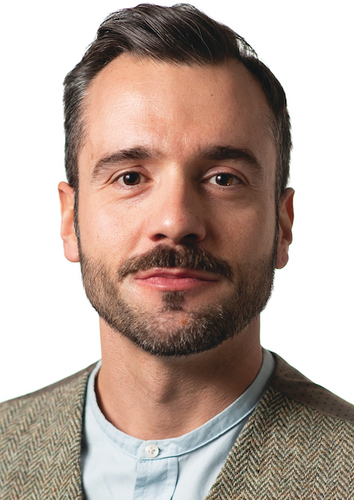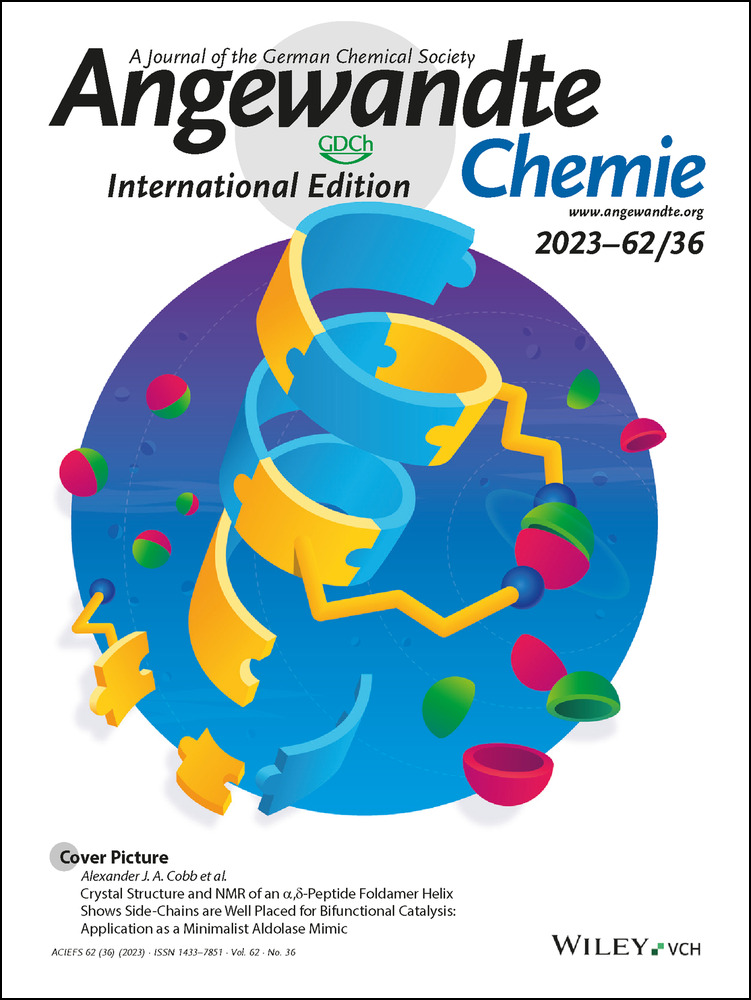Christos Pliotas
Graphical Abstract
“A turning point in my career was solving the structure of a mechanosensitive ion channel in the open state … If I could be granted a superpower, it would be the ability to travel in time because I could meet my science heroes and have the opportunity to learn from the best.” Find out more about Christos Pliotas in his Introducing … Profile.
Christos Pliotas
The author presented on this page has published his first article as a submitting corresponding author in Angewandte Chemie:
“Darobactin B Stabilises a Lateral-Closed Conformation of the BAM Complex in E. coli Cells”: S. F. Haysom, J. Machin, J. M. Whitehouse, J. E. Horne, K. Fenn, Y. Ma, H. El Mkami, N. Böhringer, T. F. Schäberle, N. A. Ranson, S. E. Radford, C. Pliotas, Angew. Chem. Int. Ed. 2023, e202218783.
-
Position, Location:
-
Reader in Structural Biological EPR Spectroscopy, School of Biological Sciences, The University of Manchester (UK)
-
Homepage:
-
-
ORCID:
-
-
Education:
-
2006 BSc in Physics, University of Athens (Greece)
2007 MSc in Medical Physics, University of Aberdeen (UK)
2011 PhD, University of Aberdeen (UK)
2011–2015 Postdoctoral Research Associate with James H. Naismith FRS, University of St Andrews (UK)
2016–2021 Royal Society of Edinburgh Research Fellow, BSRC, University of St Andrews (UK)
2018–2023 Lecturer in Integrative Membrane Biology, Astbury Centre for Structural Molecular Biology, University of Leeds (UK)
-
Research:
-
Membrane proteins, EPR spectroscopy, PELDOR, DEER, BAM complexes, mechanosensitive ion channels
-
Hobbies:
-
Playing tennis, cycling, going to music concerts
A turning point in my career was solving the structure of a mechanosensitive ion channel in the open state.
Chemistry is fun because it allows you to create new tools to explore new worlds.
My science “heroes” are Archimedes, Newton, Einstein and Alan Turing.
My favorite thing about my lab group is its family spirit.
The most important quality of a mentor is to lead by their example.
My secret/not-so-secret passion is playing tennis.
The best insight I have ever been given is that every scientific hurdle has its own purpose.
I lose track of time when I am in the lab.
When I was a kid I wanted to be a nuclear physicist.
If I won a million dollars in the lottery I would buy a sailboat and travel around the Aegean Sea.
If I could be granted a superpower, it would be the ability to travel in time because I could meet my science heroes and have the opportunity to learn from the best.
What I appreciate most about my friends is their honesty.
If I could have dinner with a well-known historic figure, I would invite Beethoven and I would ask him how devastating is it is to compose music of such intellectual greatness and emotional impact without being able to enjoy it himself.
My favorite place on earth is the Cyclades islands in the Aegean Sea, in Greece.
My favorite piece of music is The Rite of Spring by Igor Stravinsky.
Behind the Science
We had always been intrigued by whether we could study dynamics in the BAM complex at a molecular detail without having to isolate it. In-cell EPR spectroscopy provided the required resolution but left us with the challenging task of labelling BAM in the presence of other proteins in the cell. By following a trial-and-error approach, we successfully managed to identify sites on BAM accessible to spin labels. The biggest surprise was that although BAM was very dynamic in a cellular environment, when we added the antimicrobial darobactin B it, was locked in a single closed conformation.





